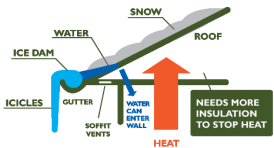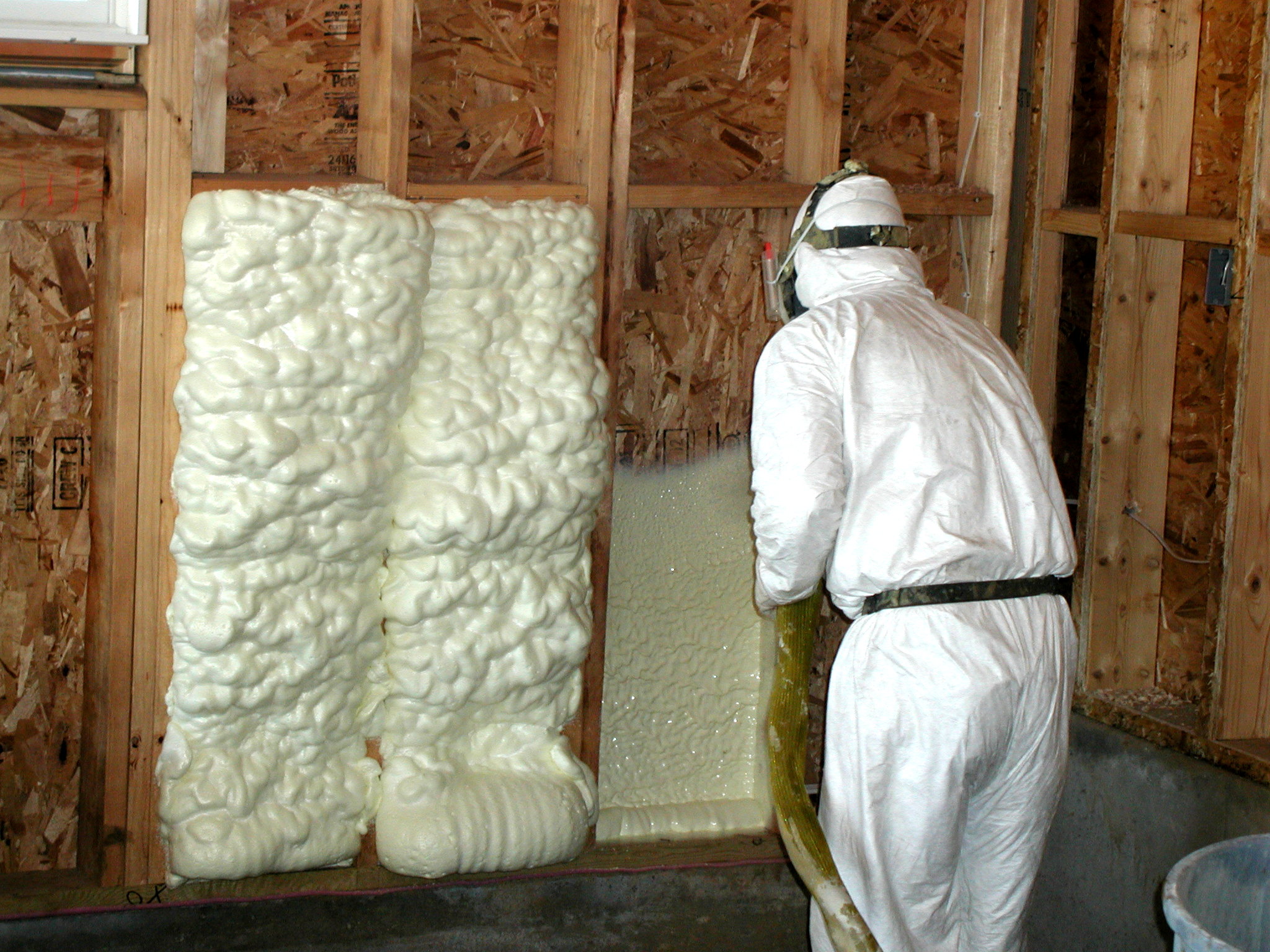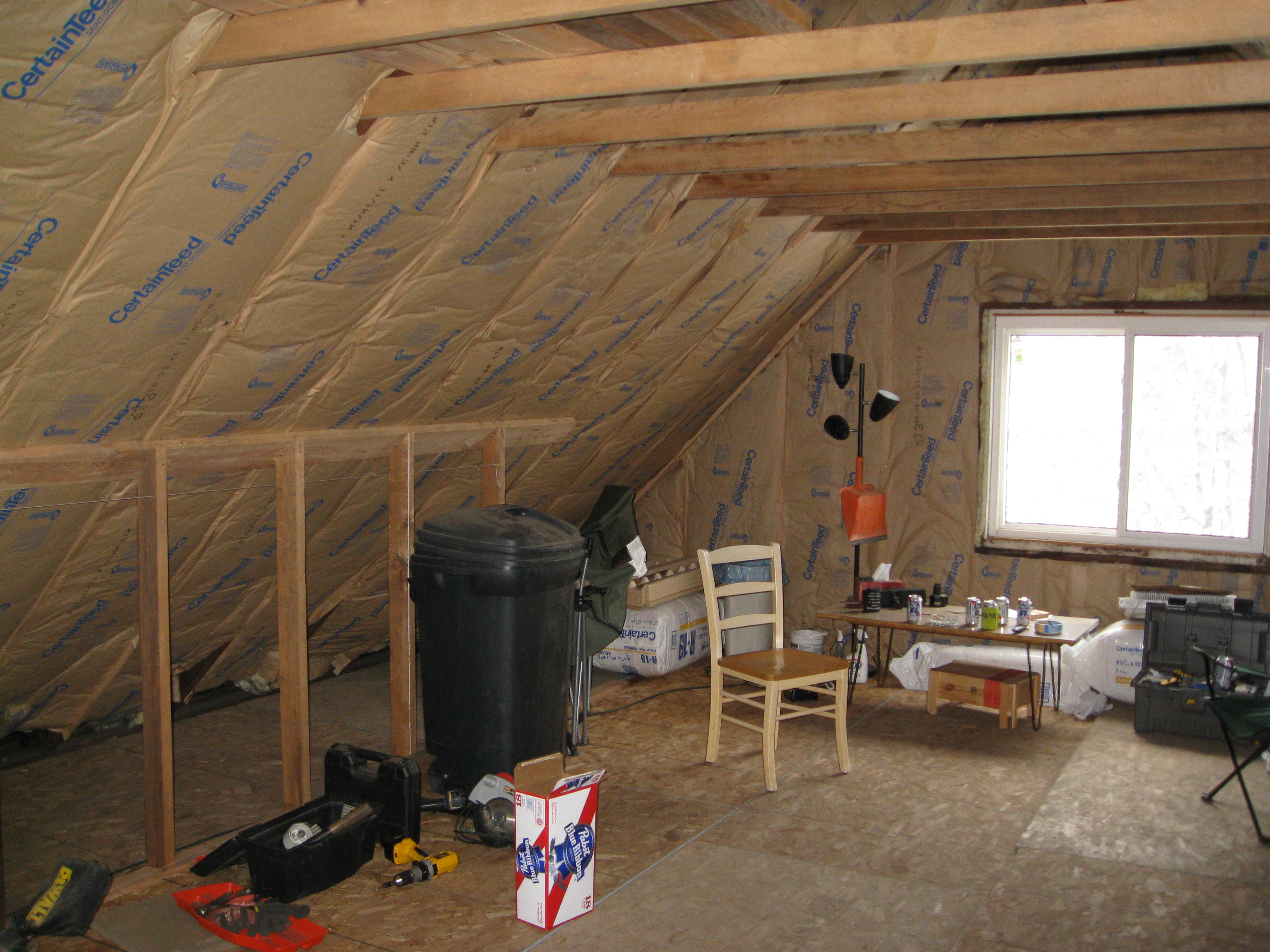Why do I get icicles and ice dams? How do I solve the problem?
It’s that time of year again: 2 nice sized snowstorms have hit now, and icicles are growing. Contractor phones start ringing off the hook in Northern climates with homeowners trying to stop icicles before it rips their gutters off or ruins drywall and window trim. Worrying about these things keeps a fair number of people in Cleveland and Akron up at night.
Every year, I hear from homeowners that they tried to stop icicles and ice dams when they:
1. Replaced their roof.
2. Upsized their gutters.
3. Installed massive amounts of soffit and/or roof ventilation (although this is a part of the equation).
4. Added a leaf guard filter of some sort to their gutters (which makes icicles worse).
5. Or (Gasp! Horror!) put up roof and gutter heat cables to melt the icicles. This is throwing energy at a problem caused by energy loss, which is a major pet peeve of mine.
STOP THAT!!!!
It drives me nuts that contractors promise to stop icicles with a roof, gutters, or heat cables. They just can’t. Only #3 actually touches the root cause of the problem, the rest are window dressing at best, and harmful at worst.
The root cause of icicles is too much heat in the attic. Period.* Stop the heat, stop the icicles.
Since we all like pretty pictures (I know I do!) here is one to illustrate:

When you step back and think about it, it makes perfect sense:
1. If there is ice in the gutter, snow melted off the roof and refroze in the gutter.
2. If the snow melted, there must be heat coming from somewhere.
3. If you can stop the heat, the ice should stop too. As I often say, it’s just physics.
So there you go, in theory, fixing icicles is simple. Just stop the heat from getting in the attic or beneath the roof.
As Ron Popeil likes to say: but wait, there’s more.
Stopping the heat from getting into the attic is much trickier than just blowing some insulation in and calling it a day. Don’t let a huckster talk you into a ‘blow and go’ job where they just install insulation and run. That will likely cause future problems like mold, allergy problems, and rot, and may not change your icicles at all.
Instead, let’s dig a little deeper into the building science behind stopping icicles and ice dams.
2 of the 3 types of heat transfer, conduction and convection, are hard at work in your attic during the winter.**
Here are quick definitions, how they apply to your attic, and how to fix them:
1. Conduction is essentially heat transfer through solids. It goes from hot to cold.
Application: Heat from inside your house goes into your attic through the drywall ceiling, roof rafters, chimney, plumbing stack, and so forth.
Solution: More insulation. Insulation is good at stopping conduction, since it slows down heat transfer through the ceiling. The current Department of Energy recommendation in Cleveland (Climate Zone 5) is R-49 up to R-60, or about 16-22″ of insulation depending on the type. Click here to see what the DOE R-value recommendation is in your area.
2. Convection is heat transfer through gases and liquids***. Also goes from hot to cold.
Application: It’s easy to think of heat rising through the ceiling, but there is also a lot of air leaking into your attic around your chimney and plumbing stacks, through the holes where electric lines are going to your attic, recessed lights, electric boxes over lights and fans, the tops of the walls (yep, your walls aren’t that solid after all), and many other spots you would never think about.
The easiest way to think about air leakage is by thinking of a winter coat: if you wear an unzipped North Face jacket outside on a -20 day, will it keep you warm? Of course not, you have to zip it up. Otherwise cold air blows inside the coat and freezes you. That’s what air sealing your house does, it zips the coat of insulation.
Solution: Air sealing. Foam and caulk work wonders here. We have a number of other specialized tools as well. Air leakage is measured with a tool called a blower door. Blower door tests are part of energy audits, check out my post on what an energy audit is.
But wait, there’s still more!
You’ve probably heard that what happens in the laboratory and what happens in the field are 2 different things. That is definitely the case with attic insulation and air sealing.
Air sealing an attic of an existing home is not an exercise in perfection. We find as much as we can, but we are never going to get it all unless I (or one of my brethren) charge more than you want to pay.
That leaves another dilemma. Warm moist air that gets into a cold, insulated attic tends to condense on the roof and turn into mold. (Check out this blog entry to see a real example.) Air leaks let this warm moist air into the attic, and I already said we are not perfect about finding those leaks (nor is anyone else in the industry).
What is a Home Performance contractor to do?
Why ventilate, of course!

Here is what attic ventilation looks like.****
Attic ventilation makes sure that any excess heat or moisture that still gets into the attic after insulating and air sealing has somewhere to go. The air comes in through the soffits and exits through the top of the roof through can vents (they are known by a ton of other names too) or ridge vents.
So why can’t I just ventilate my attic and call it a day? Because too much heat is in an uninsulated attic for the ventilation to be able to exhaust before the heat melts the snow on the roof and causes icicles and ice dams. So ventilation is important, but vastly secondary to attic insulation and air sealing, in my humble opinion.
Be sure to address attic ventilation as part of any thorough icicle and ice dam reduction plan.
This article addresses standard attics. If you have a Cape Cod or bungalow home, or an older 2 story home with a ‘finished’ attic or a bonus room on a new home, check this one out. It’s about knee wall attics.
Energy Smart Blog: How to Insulate and Ventilate Knee Wall Attics
You want to know something funny about this post? All of this information is on my web site as well, plus a good bit more. No one reads it, though, because it’s part of a ‘web site’ and not this newfangled ‘blog’ thing. If you want to dig deeper, click below.
Energy Smart Guide to Icicles and Ice Dams
For even more info, check out the FAQ on ice dams and icicles from Green Homes America, written by my friend Mike Rogers who really knows his stuff. (Are your eyes bugging out yet? They should be!)
OK, now it’s time for the sales pitch. If you would like me or someone from my staff to come to your home and give you a free 2 hour Home Performance Evaluation, just click below. We look over your entire home, point out energy leaks, give you prices on how much to fix them, and even tell you how to do some of it yourself. We educate, we don’t sell. You will be shocked that it is free (and it probably won’t always be), so take advantage now!
As always, thanks for reading, and feel free to tell me what you think of this article and my blog below!
* OK, so nothing in life is really THAT iron clad. Heat in the attic is the majority of the cause of ice damming and icicles, but as my colleague Scott Doyle of Energy Logic pointed out, there are other factors as well. When the sun hits a roof, it warms up and melts the snow below it, then refreezes in the gutter again. So what direction a roof faces and whether it is shaded is another factor in ice damming and icicles. Snow also has R-value on its own, so when it is deep on a roof, it insulates the attic below and holds the little bit of heat a well insulated and air sealed attic holds, and leads to more melted snow. There are other mitigating factors as well. Icicles and ice dams are pretty complicated overall, but the key factor is too much heat getting into the attic.
** Radiant heat (sunlight is the best example) is not a major factor, convection and conduction are.
*** Obviously if heat transfer through liquids is a problem in your attic, call a roofer.
**** Please note that can vents and ridge vents should never be used together, they are only shown together in this diagram to show all common types of attic ventilation in one diagram. Power fans are frowned upon in the buiding science field, but that is for another post.
What?! You’re still here? You glutton for punishment you. OK, you asked for it: read Joe Lstiburek’s excellent and technical (yet very readable) article on ice dams. Joe is THE guy in Building Science. Oh, and note that in his footnotes even he says we can never completely wipe out ice dams. Unless we shut off the sun. In Cleveland, in February, we do try pretty hard at that one…
Get the HVAC Guide

It's free! Make buying a new furnace, air conditioner, or heat pump less stressful.










